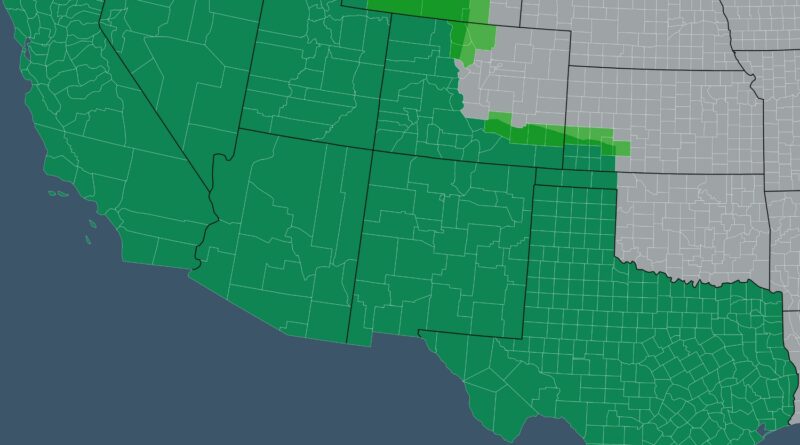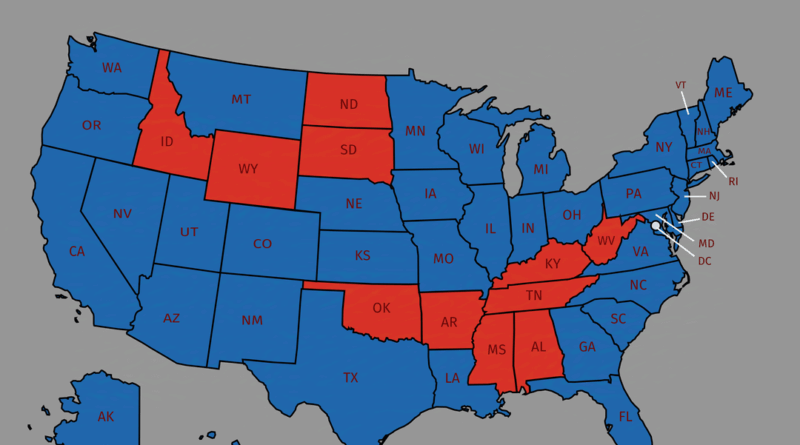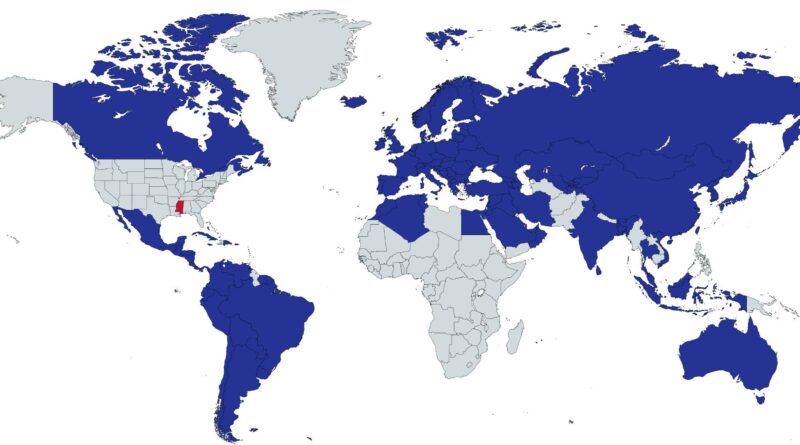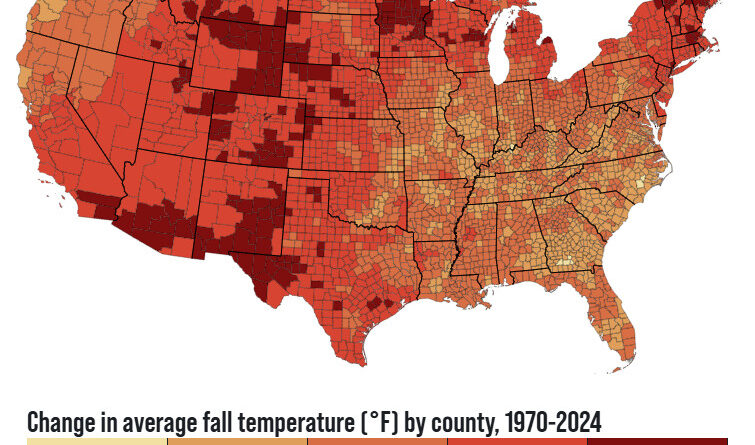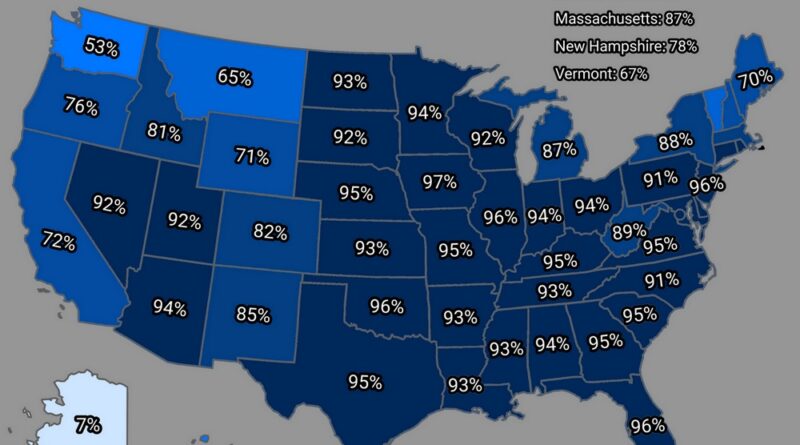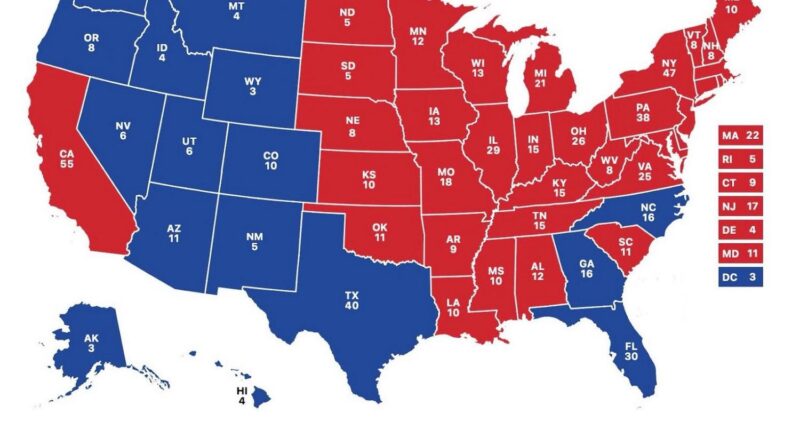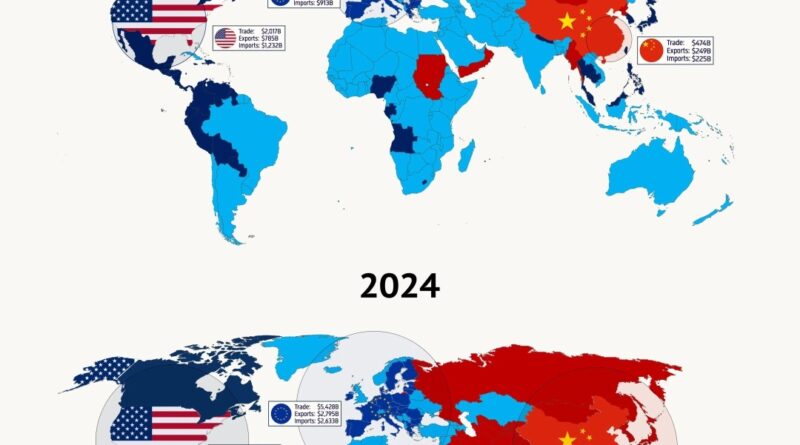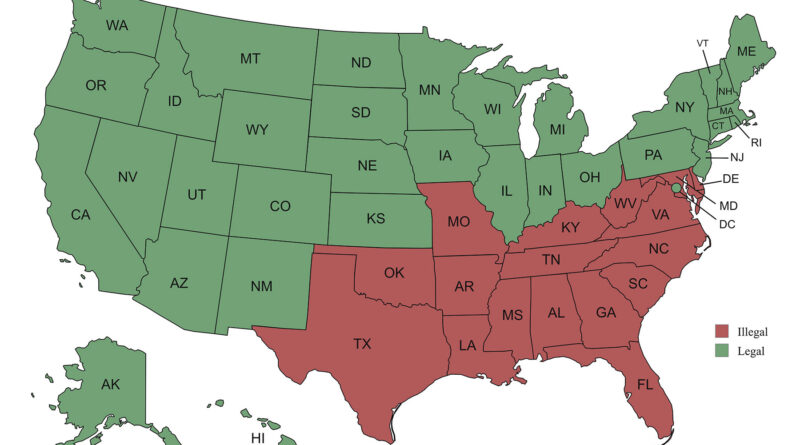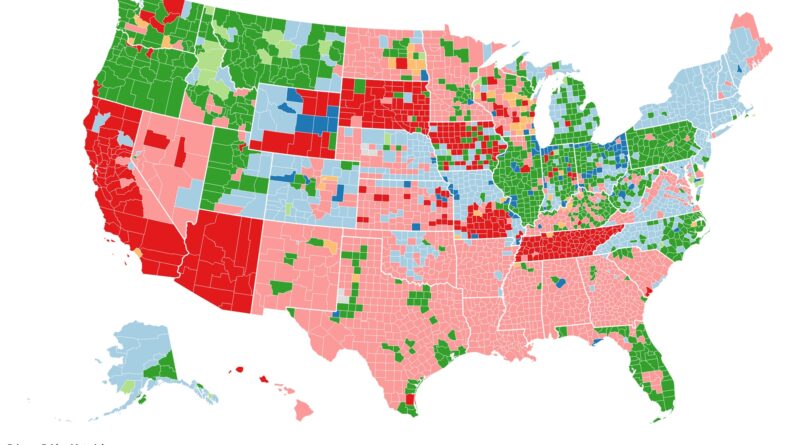447 U.S. Counties That Used to Be Mexico
Most people know California and Texas used to be Mexico. But did you know half of Colorado was too? Nevada, Arizona, New Mexico, and Utah were completely Mexican. Even bits of Wyoming, Kansas, and Oklahoma. This map shows all 447 counties that became American in the 1840s and 1850s.
Read More
